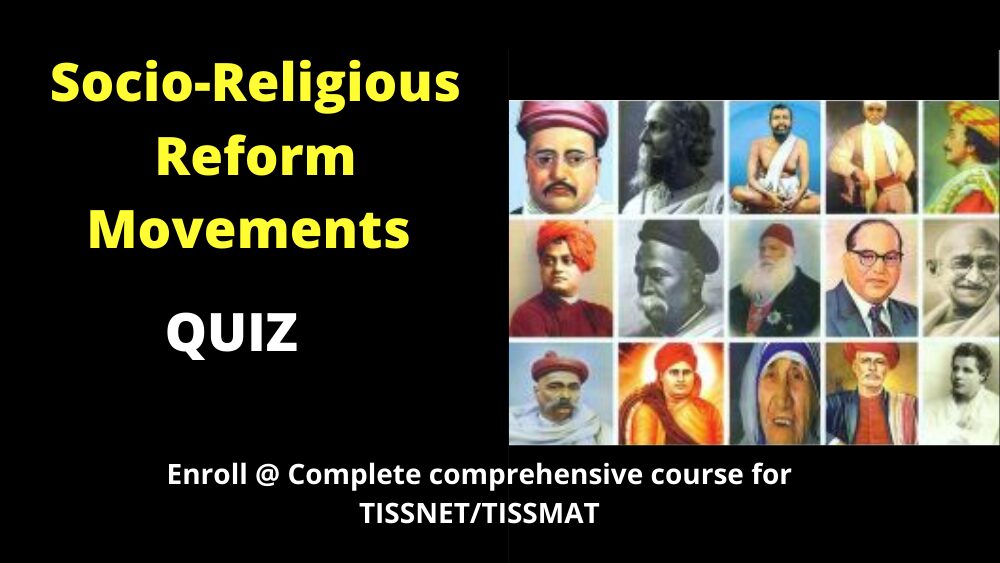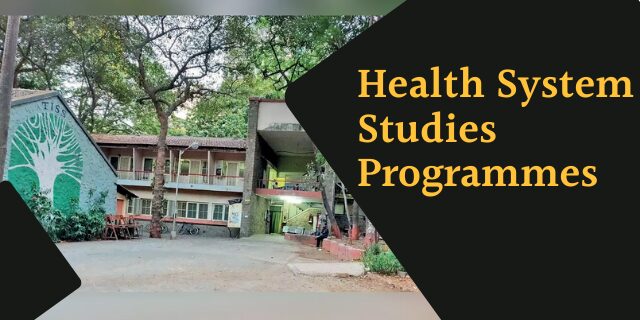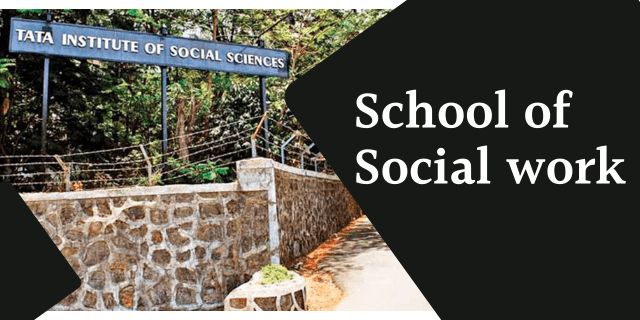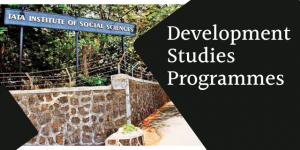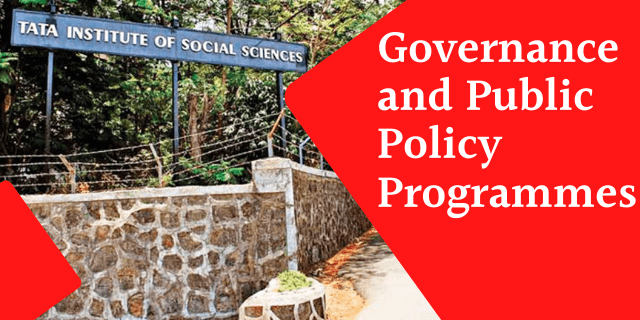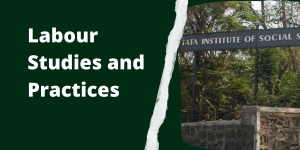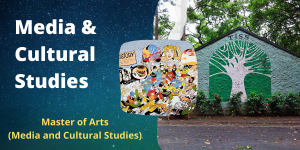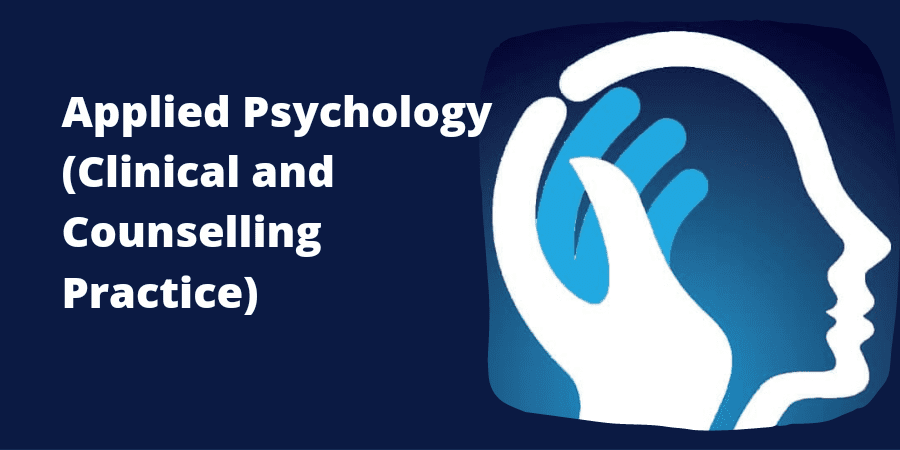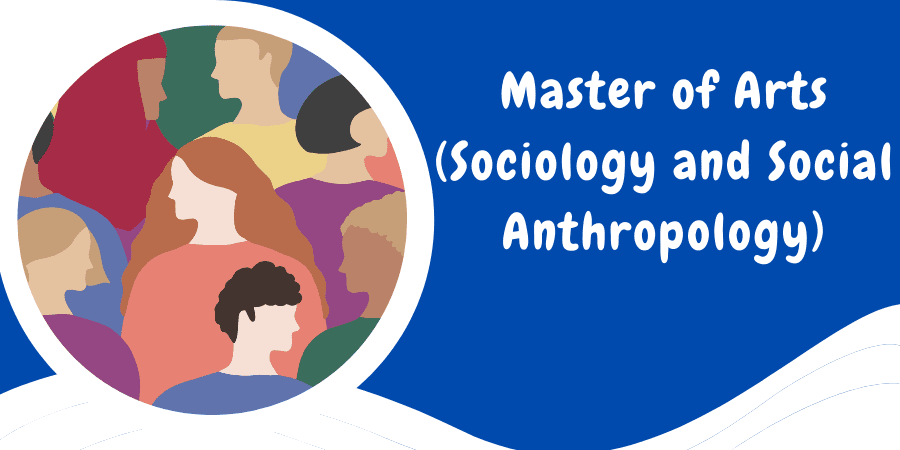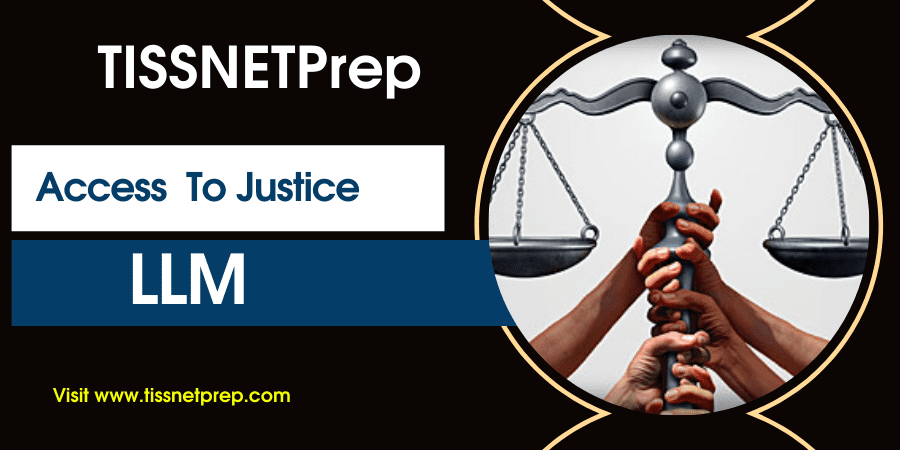One question from this particular topic has always been asked in TISSNET.So,a serious aspirant shouldn’t miss this topic.
Read the complete article and attempt the Quiz at the end of it.
The impact of Western ideas gave birth to new awakening. The change that took place in the Indian social scenario is popularly known as the Renaissance.
Raja Rammohan Roy:
The central figure of this cultural awakening was Raja Rammohan Roy. Known as the “father of the Indian Renaissance”, Rammohan Roy was a great patriot, scholar and humanist. He was moved by deep love for the country and worked throughout his life for the social, religious, intellectual and political regeneration of the Indians.
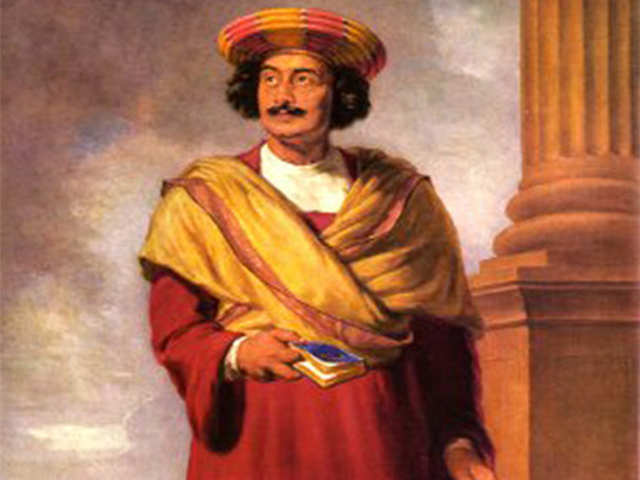
Social Reforms:
In 1814, Rammohan Roy settled in Calcutta and dedicated his life to the cause of social and religious reform. As a social reformer, Rammohan Roy fought relentlessly against social evils like sati, polygamy, child marriage, female infanticide and caste discrimination. He organised a movement against the inhuman custom of sati and helped William Bentinck to pass a law banning the practice (1829). It was the first successful social movement against an age-old social evil.

Rammohan Roy was one of the earliest propagators of modern Western education. He looked upon it as a major instrument for the spread of modern ideas in the country. He was associated with the foundation the Hindu College in Calcutta (which later came to be known as the Presidency College). He also maintained at his own cost an English school in Calcutta. In addition, he established a Vedanta College where both Indian learning and Western social and physical science courses were offered.

He sent petitions to the government to adopt a wider system of public education in English. He also recognised the importance of vernaculars for spreading new ideas. He compiled a Bengali grammar and developed an easy and modern style of Bengali prose.
Religious Reforms:
In 1849 he wrote Gift to Monotheism in Persian. Rammohan Roy was a staunch believer in the philosophy of Vedanta (Upanishads) and vigorously defended the Hindu religion and Hindu philosophy from the attack of the missionaries. He only wanted to mould Hinduism into a new cast to suit the requirements of the age.
In 1829 Rammohan Roy founded a new religious society known as the Atmiya Sabha which later on came to be known as the Brahmo Samaj. This religious society was based on the twin pillars of rationalism and the philosophy of the Vedas. The Brahmo Samaj emphasised human dignity, criticised idolatry and denounced social evils like sati.
Debendranath Tagore:
Debendranath Tagore, the father of Rabindranath Tagore, was responsible for revitalising the Brahmo Samaj. Under him the first step was taken to convert the Brahmo Samaj into a separate religious and social community. He represented the best in traditional Indian learning and the new thought of the West.

Debendranath Tagore, the father of Rabindranath Tagore, was responsible for revitalising the Brahmo Samaj. Under him the first step was taken to convert the Brahmo Samaj into a separate religious and social community. He represented the best in traditional Indian learning and the new thought of the West.
In 1839, he founded the Tatvabodhini Sabha to propagate Rammohan Roy’s ideas. He promoted a magazine to do a systematic study of India’s past in Bengali language. The Samaj actively Debendranath Tagore supported the movements for widow remarriage, the abolition of polygamy, women’s education and the improvement in the condition of the peasantry.
Keshab Chandra Sen:
Keshab Chandra Sen carried on an intensive programme of social reform. He set up schools, organised famine relief and propagated widow remarriage. In 1872 the Government passed the Native (Civil) Marriages Act legalising marriages performed according to Brahmo Samaj rites.
Iswar Chandra Vidyasagar:
Iswar Chandra Vidyasagar, a towering personality of the mid- nineteenth century, was born in a poor Brahmin family of Bengal in 1820.

Pandit Iswar Chandra Vidyasagar was both a scholar and a reformer. He was a great humanist and had deep sympathy for the poor and the oppressed. He dedicated his entire life to the cause of social reform which he thought was necessary for modernising India. By admitting non-Brahmin students to the Sanskrit College, he dealt a severe blow to the prevalent caste system.
Vidyasagar was a staunch supporter of women’s education and helped Drinkwater Bethune to establish the Bethune School, the first Indian school for girls, in 1849. As Inspector of Schools, Vidyasagar opened a number of schools for girls in the districts under his charge.
Vidyasagar’s greatest contribution lies in the improvement of the condition of widows. Despite opposition, Vidyasagar openly advocated widow remarriage. Soon a powerful movement in favour of widow remarriage was started. At last, after prolonged struggle the Widow Remarriage Act was passed in 1856. Through his efforts, twenty-five widow remarriages took place. He also spoke vehemently against child marriage and polygamy.
Sri Ramakrishna Paramhamsa:
Sri Ramakrishna Paramhamsa was one of the greatest saints of modern India. Ramakrishna was born in a poor Brahmin family of Bengal. He showed a religious bent of mind from his childhood. He had no formal education but his discourses were full of wisdom. He was the chief priest of the Kali temple at Dakshineswar near Calcutta. People from all walks of life visited Dakshineswar to listen to his discourses.

Ramakrishna Paramhamsa was a man with a liberal outlook. He firmly believed that there was an underlying unity among all religions and that only the methods of worship were different. God could be approached by any form of worship as long as it was done with single- minded devotion.
Different religions were all different roads to reach the same God. He believed that service to man was service to God, for man was the embodiment of God on earth. As man was the creation of God, man-made divisions made no sense to him.
Ramakrishna Paramhamsa was a great teacher who could express complicated philosophical ideas in a simple language for everyone to understand. He believed that religious salvation could be attained through renunciation, meditation and devotion.
Swami Vivekananda:
Narendra Nath Dutta, better known as Swami Vivekananda, was the most illustrious disciple of Sri Ramakrishna. At the age of eighteen, Vivekananda met Sri Ramakrishna. This meeting transformed his life completely. After the death of Sri Ramakrishna, he became a ‘sanyasi’ and devoted his life to preaching and spreading Ramakrishna’s message to the people. His religious message was put in a form that would suit the needs of contemporary Indian society.
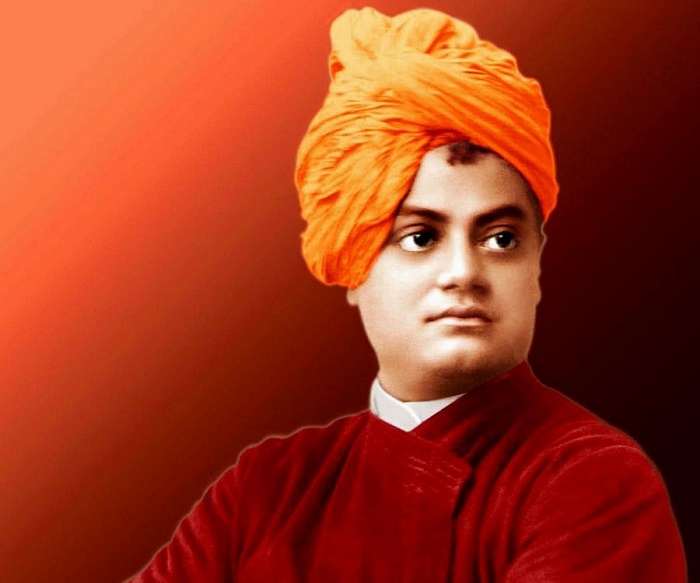
Vivekananda proclaimed the essential oneness of all religions. He condemned the caste- system, religious rituals, ceremonies and superstitions. He had a deep understanding of Hindu philosophy and travelled far and wide to spread its message. At the Parliament of World Religions in Chicago (1893), Vivekananda spoke about Hindu religion at length.
His brilliant speech on Hindu philosophy was well received. American newspapers described him as an ‘Orator by Divine Right’. He delivered a series of lectures in the U.S.A., England and in several other countries of Europe. Through his speeches,
In India, however, Vivekananda’s main role was that of a social reformer rather than a religious leader. He propagated Ramakrishna’s message of peace and brotherhood and emphasized the need for religious tolerance which would lead to the establishment of peace and harmony in the country.
The Ramakrishna Mission:
In 1896, Vivekananda founded the Ramakrishna Mission to propagate social welfare. It laid emphasis not on personal salvation but on social good and social service. The Ramakrishna Mission stood for religious and social reform based on the ancient culture of India. Emphasis was put on the essential spirit of Hinduism and not on rituals.
Rendering social service was the primary aim of the Ramakrishna Mission. It believed that serving a human being was the same as worshipping God. The Mission opened a chain of schools, hospitals, orphanages and libraries throughout the country. It provided relief during famines, earthquakes and epidemics. A math or monastery was established in Belur near Calcutta. The Belur Math took care of the religious developments of the people.
Dayanand Saraswati and the Arya Samaj:
Another organisation in northern India which aimed to strengthen Hinduism through reform was the Arya Samaj. Dayanand Saraswati, the founder of the Arya Samaj in Rajkot, was born into a Brahmin family in Kathiawar, Gujarat, in 1824. At the early age of 14, he rebelled against the practice of idol worship. He ran away from home at the age of twenty. For the next fifteen years, he wandered all over India meditating and studying the ancient Hindu scriptures.
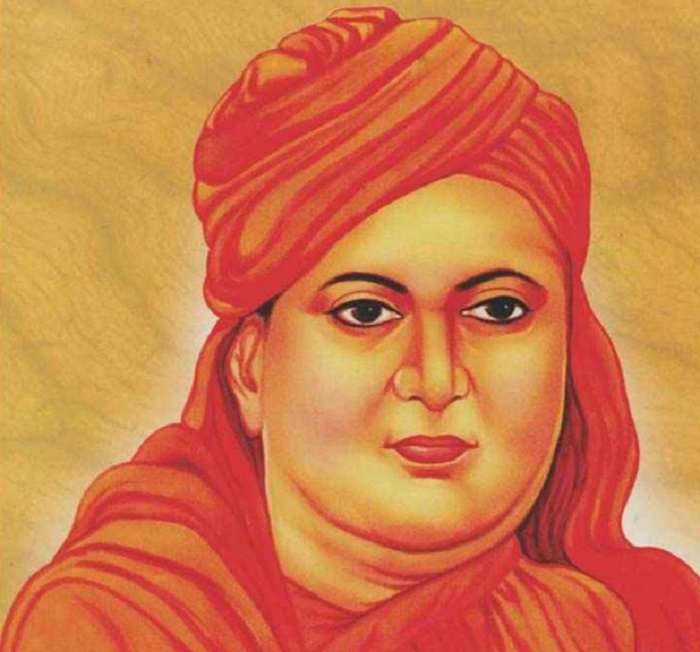
In 1863 Swami Dayanand started preaching his doctrine of one God. He questioned the meaningless rituals, decried polytheism and image worship and denounced the caste system. He wanted to purify Hinduism and attacked the evils that had crept into Hindu society.
Dayanand Saraswati believed that the Vedas contained the knowledge imparted to men by God, and hence its study alone could solve all social problems. So he propagated the motto “Back to the Vedas.” Asserting that the Vedas made no mention of untouchability, child marriage and the subjugation of women, Swami Dayanand attacked these practices vehemently.
Dayanand began the suddhi movement which enabled the Hindus who had accepted Islam or Christianity to return to Hinduism, their original faith.
The Swami worked actively for the regeneration of India. In 1875, Swami Dayanand founded the Arya Samaj in Bombay. The Arya Samaj made significant contributions to the fields of education and social and religious reforms.
Reform movements in Western India:
Jyotirao Govindrao Phule:
Jyotirao Govindrao Phule prominent role in bringing about, reforms in Maharashtra. He fought for improving the condition of women, the poor and the untouchables. He started a school for the education of girls of the lower castes and founded an association called the Satyasodhak Samaj.

People from all castes and religions were allowed to join the association. He was opposed to the domination of the Brahmins and started the practice of conducting marriages without Brahmin priests.
Reform Movements in South India:
The Theosophical Society and Annie Besant:
Many Europeans were attracted towards Hindu philosophy. In 1875, a Russian spiritualist named Madame Blavatsky and an American called Colonel Olcott founded the Theosophical Society in America. The society was greatly influenced by the Indian doctrine of karma. In 1886 they founded the Theosophical Society at Adyar near Madras.
Annie Besant, an Irish woman who came to India in 1893, helped the Theosophist movement to gain strength. She propagated Vedic philosophy and urged Indians to take pride in their culture. The Theosophists stood for the revival of the ancient Indian religion and universal brotherhood.

Reform movements among the Muslims:
Movements for socio-religious reforms among the Muslims emerged late. Most Muslims feared that Western education would endanger their religion as it was un-Islamic in character. During the first half of the 19th century only a handful of Muslims had accepted English education.
Syed Ahmad Khan:
The most important socio-religious movement among the Muslims came to be known as the Aligarh Movement. It was organised by Syed Ahmad Khan (1817-1899), a man described as the most outstanding figure among the Muslims.
Syed Ahmad Khan was born in 1817 into a Muslim noble family and had joined the service of the Company as a judicial officer. He realised that the Muslims had to adapt themselves to British rule. So Syed Ahmad advised Muslims to embrace Western education and take up government service.

Women Reformers:
Sarojini Naidu:
Sarojini Naidu was a renowned poet and social worker. She inspired the masses with the spirit of nationalism through her patriotic poems. She stood for voting rights for women, and took an active interest in the political situation in the country. She also helped to set up the All India Women’s Conference.
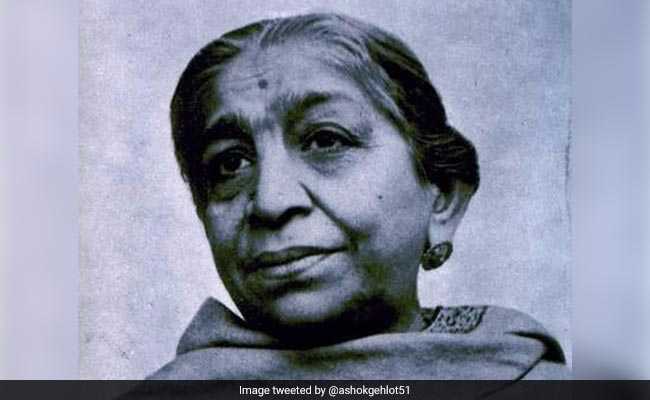
Characteristics of the Reform Movements:
An analysis of the reform movements of the 19th century brings out several common features:
(1) All the reformers propagated the idea of one God and the basic unity of all religions. Thus, they tried to bridge the gulf between different religious beliefs.
(2) All the reformers attacked priesthood, rituals, idolatry and polytheism. The humanitarian aspect of these reform movements was expressed in their attack on the caste system and the custom of child marriage.
(3) The reformers attempted to improve the status of girls and women in society. They all emphasised the need for female education.
(4) By attacking the caste system and untouchability, the reformers helped to unify the people of India into one nation.
(5) The reform movements fostered feelings of self-respect, self-reliance and patriotism among the Indians.
Take the Quiz on Socio-Religious reform movement for TISSNET

